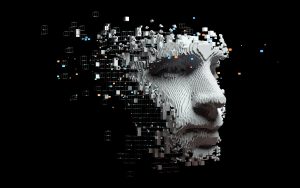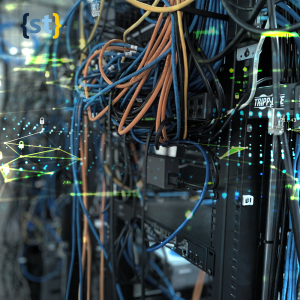
Greg Ekborg
Marketing Director, systech
AI in Cybersecurity: How Artificial Intelligence is Shaping the Future of Threat Detection
Introduction
AI offers the ability to detect and respond to threats in real-time, identifying patterns and behaviors that human analysts may miss. But with cybercriminals also leveraging AI, the cybersecurity landscape is rapidly changing. Here’s how AI is shaping the future of threat detection.
How AI Enhances Cybersecurity
- Real-Time Threat Detection: AI can analyze vast amounts of data in real-time, identifying abnormal behavior or traffic patterns that could signal a cyberattack.
- Predictive Analytics: AI can predict potential threats by analyzing historical data and identifying trends, allowing organizations to proactively defend against future attacks.
- Automation: AI-powered automation can streamline responses to known threats, such as patching vulnerabilities or blocking malicious traffic without human intervention.
AI vs. AI: The Rise of AI-Powered Attacks
Unfortunately, cybercriminals are also using AI to create more sophisticated attacks. AI can be used to:
- Automate Phishing Campaigns: AI can generate and distribute phishing emails that are more convincing and harder to detect.
- Create Malware: AI can help cybercriminals design malware that adapts and changes to avoid detection.
- Find Vulnerabilities: AI can scan networks for vulnerabilities faster than humans, enabling cybercriminals to exploit weaknesses before they can be patched.
How Organizations Can Use AI to Stay Ahead
To defend against AI-powered cyberattacks, organizations must leverage AI tools that can detect and respond to these advanced threats. Some strategies include:
- AI-Driven Threat Intelligence: AI can process large datasets from across the web, including dark web sources, to identify emerging threats and vulnerabilities in real time.
- Behavioral Analysis: AI models can analyze the behavior of users and systems to detect deviations that might indicate a security breach.
- Automated Incident Response: By using AI-powered automation, organizations can respond to threats faster, limiting the damage and reducing response times.
AI is quickly becoming a double-edged sword in the world of cybersecurity. While it offers unparalleled advantages in detecting and responding to threats, it also provides new tools for cybercriminals to exploit. To stay ahead, organizations must embrace AI-driven solutions and adopt a proactive stance on cybersecurity.










